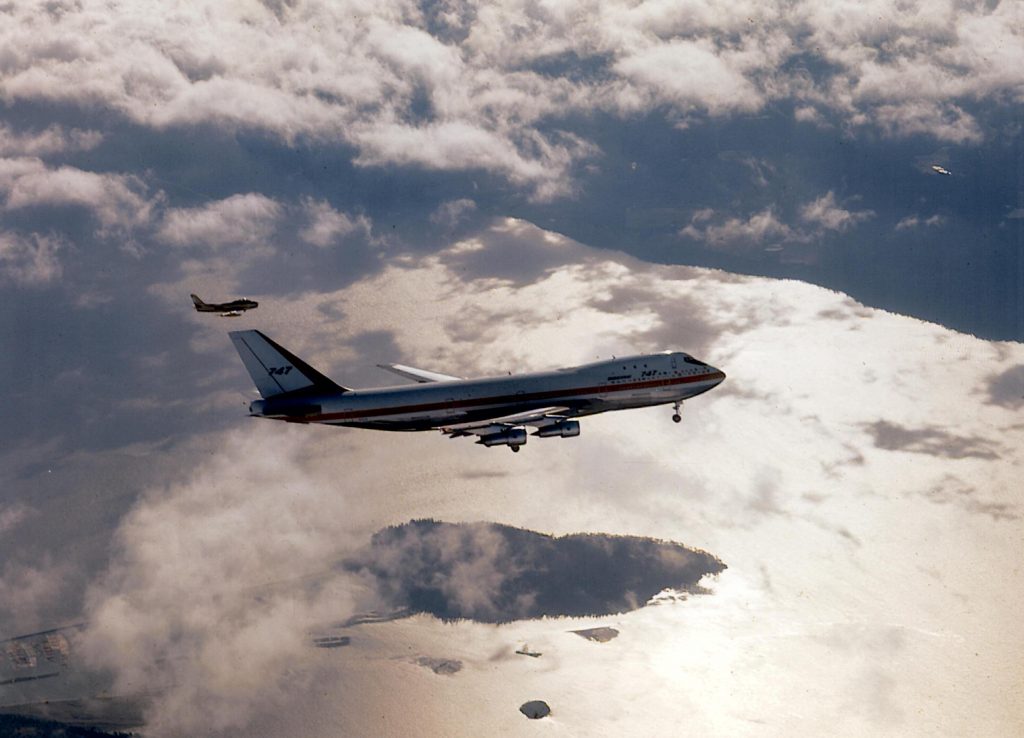Written for the Airline Passenger Experience Association
APEX Experience Magazine – Issue 5.1
The very first Boeing 747 took to the air February 9, 1969, barely four months after the airplane rolled out of its then new factory in Everett, Washington. The prototype, “Queen of the Skies,” was known by her serial number RA001. She was soon joined by additional test aircraft, all working towards the airplane’s entry-into-service in January 1970 with Pan American World Airways. Since then, over 1,500 747s have been delivered.
The Boeing 747 prototype RA001 went on to work on a multitude of flight-test programs. At one point, she even had an air-to-air refuelling boom installed under her rear fuselage. After flying over 12,000 test fights, the airplane landed for the last time at Boeing Field, in 1993. RA001 was left outside, exposed to Seattle’s rain and wind, and languished on the ramp before being towed to the city’s renowned Museum of Flight. The airplane has been on display in the museum’s Airpark for years, and until recently had become a fading shadow of her previous glory.
But on July 16th, 2014, a crew of 10 began the process of restoring RA001’s exterior. Using over 70 gallons of white, red, black and blue paint and primer, 750 rollers, 150 rolls of tape, and 15,000 sheets of sandpaper, the crew completed the project on September 29th, the day before RA001’s 45th “birthday.”
Dan Hagedorn, the museum’s curator and director of collections, says, “We decided to do the exterior as close as we could to her roll-out configuration, while having restored the interior to one of her many test configurations.”
The team was able to re-install some of the main deck’s early 70s vintage test equipment, make small cosmetic fixes in the cockpit, and even restore the upper deck lounge, including the original garish orange 1970s-style fabric. But RA001’s restoration “is still a work in progress,” says Hagedorn. “We have to do the engine pylons and other exterior work, and we’re going to wait until we get her under cover.” The museum will continue to work on the airplane, which is currently located in the Museum of Flight Airpark.
